Savuti: The Vanishing River, by Clive Walker
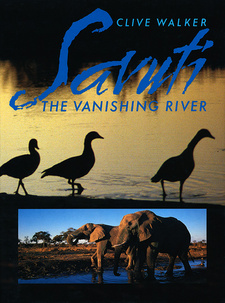
Savuti: The Vanishing River, by Clive Walker. Southern Book Publishers. Cape Town, South Africa 1991. ISBN 1868123650 / ISBN 1-86812-365-0
Clive Walker had long known that one day he would get down to writing this book, Savuti: The Vanishing River. Interesting as such an approach may be, his intention was not to produce an analytical volume on the intricate flow patterns of the Savuti Channel. He does trace, briefly, its recorded history and touches on some theories about its erratic flow, but chiefly his aim is to offer his personal impressions of Savuti and to communicate some glimpse of the wealth of vivid contrasts he had seen there during times of abundance and of drought.
Nobody who comes to Sauuti today, for the first time, finds it hard to believe that along the same bone-dry watercourse where clumps of camel-thorn and hardy African grasses now thrive, a river once flowed. Not by any standards an enormously powerful surge of water, but for the vast concentrations of wildlife of the region certainly a life-giving source - almost like a giant drinking trough stretching across the arid Kalahari from the Linyanti River in the far north-west to the Savuti Marsh 1000 kilometres away to the east. Those frequent visitors who are fortunate enough to have gazed on its waters eight or ten years ago will tell you that the Savuti, then, was a ribbon of paradise, winding its way through lush riverine vegetation of all shades of green, and drawing to its fertile banks wildlife in variety and numbers rarely seen. Hemmed in on all sides by a harsh backdrop of endless Kalahari sand, the Savuti in flood was a rare and splendid jewel. The channel's waters originated in Angola and, independent of rainfall in the Chobe region, it flowed the year round with only a slight slackening in pace during the driest winter months. Well known as a watering place, Savuti attracted eager hordes of game when other water sources in Chobe gave out. And then, in 1982, the channel's water began gradually, relentlessly, to drain away. In its dry bed acacias took root and flourished, while all around incredible dramas unfolded as animals fought to survive the agonies of thirst. When I think back on what I saw in Savuti before and then after 1982, I am reminded that in any wilderness the changing of the seasons brings life and death, that nature has to do above all with cycles of beginnings and endings. While death is part and parcel of the wilds, it is an agonising thing to see thousands of zebra, migrating through the area as they do in April and again in October, descend on the Savuti expecting to find water where there is none. This was by no means the first time that the Savuti Channel had ceased flowing - it had done so four times in the last 150 years, and probably innumerable times before that. The exact reasons are still unclear, although the most probable theory is that movement in the earth's crust is responsible. Some people say that floods and droughts elsewhere in the region have no marked effect on water levels in the channel, while others believe that if floodwaters from Angola are high enough, the Savuti should flow. But while scientists, geographers, analysts, as well as conservationists like myself, are searching for logical explanations, many people profess simply to enjoy that very element of mystery. Perhaps because I am one of the lucky ones to have seen the crystal clear waters flow, and had then seen the channel dry up, the phenomenon holds great fascination for me. I began observing the channel and the way it governed the environment, vegetation and wildlife, prior to its drying up in 1982, and my surveillance has continued through the worst of the drought to the present. It remains to be seen when the channel will resume flowing, but when inevitably it does, the face of Savuti as we know it now will once again be changed. Although vastly different and certainly harsher, Savuti is as extraordinarily beautiful in dry times as in wet and I am privileged to have witnessed the transformation. It is remarkable to stand on the channel's banks today in the knowledge that at some unpredictable time in the future the water will return, drowning the vegetation now growing before one in its chalky white Kalahari soil. [...]
This is an excerpt from the book: Savuti: The Vanishing River, by Clive Walker.
Titel: Savuti
Subtitle: The Vanishing River
Author: Clive Walker
Genre: Illustrated book
Publisher: Southern Book Publishers (Pty) Ltd
Cape Town, South Africa 1991
ISBN 1868123650 / ISBN 1-86812-365-0
Hardcover, dustjacket, 22 x 28 cm, 129 pages, many colour photographs and b/w illustrations
Walker, Clive im Namibiana-Buchangebot
Savuti: The Vanishing River
Savuti: The Vanishing River is a personal account of a unique and enigmatic area in Botswana's Chobe National Park.
Signs of the wild. A field guide to the spoor and signs of the mammals of southern Africa
Clive Walker's tracking guide Signs of the wild focusses on spoor and signs of the mammals of southern Africa.
Weitere Buchempfehlungen
The Shell Tourist Map of Botswana
Die Shell Tourist Map of Botswana ist eine über viele Jahre ausgreifte, sehr zuverlässige Karte für den Urlaub in Botswana.
The Shell Tourist Map of Okavango Delta and Linyanti
The Shell Tourist Map of Okavango Delta and Linyanti stellt die Region im Maßstab 1:400.000 und auf der Grundlage von Satellitenbildern dar.
Reisen in Botswana (Ilona Hupe Reiseführer)
Der Ilona Hupe Reiseführer für Botswana ist durch seine Aktualität und Genauigkeit der ideale Begleiter für anspruchsvolle und unabhängige Reisende.
Savuti [1:250.000]
Topographische Übersichtskarte Botswana, 1:250.000 / Topographic Map of Botswana, 1:250.000

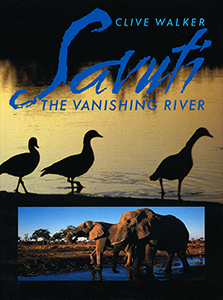
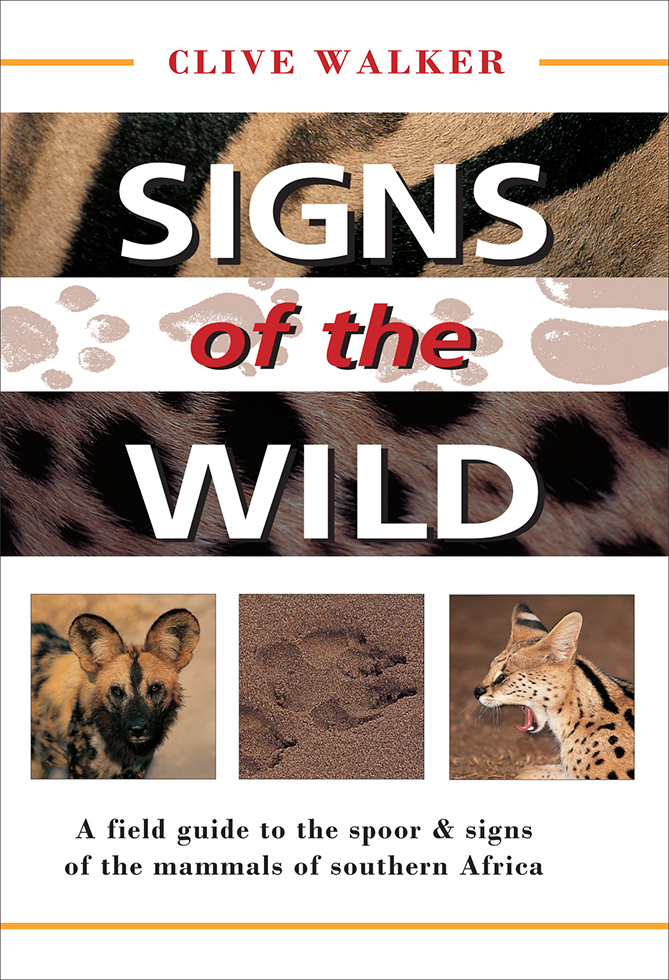
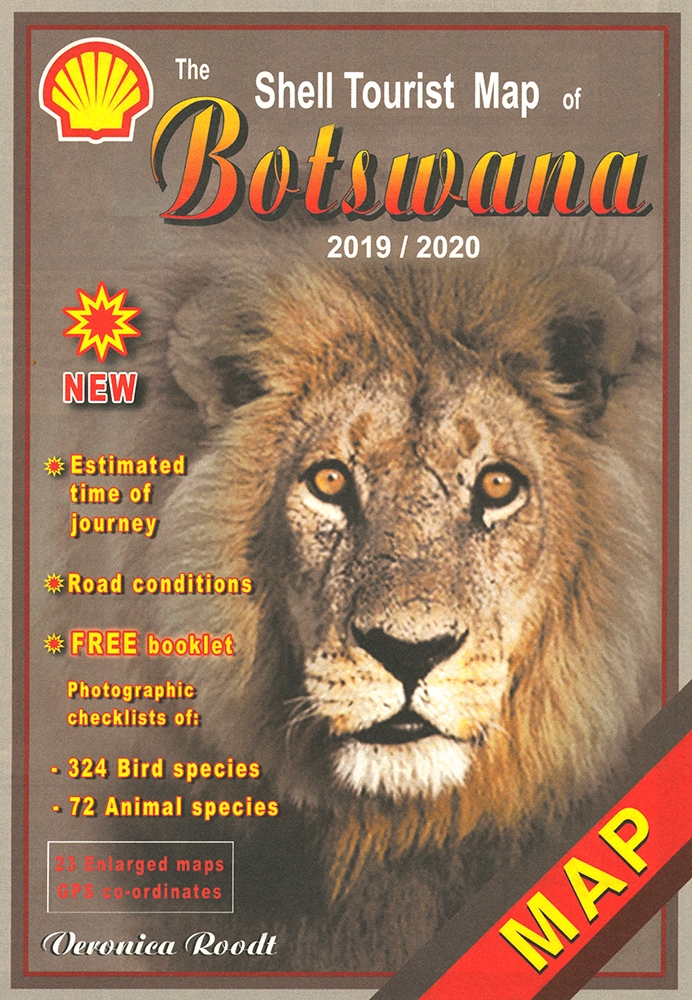
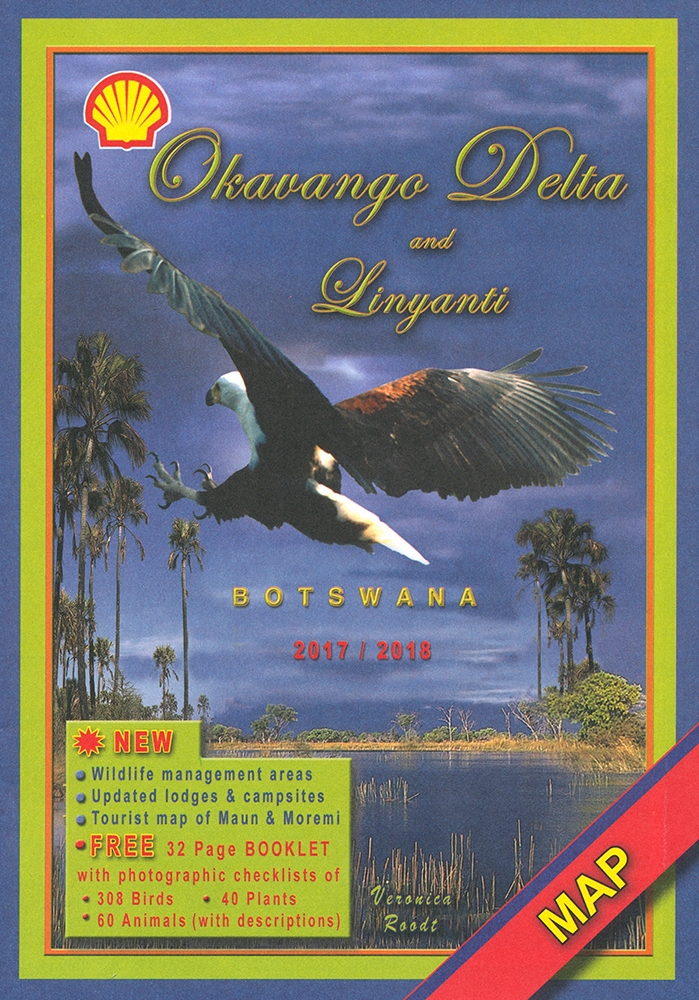
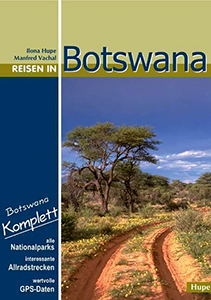
![Savuti [1:250.000]](/media/catalog/product/b/2/b250-03_4.jpg)